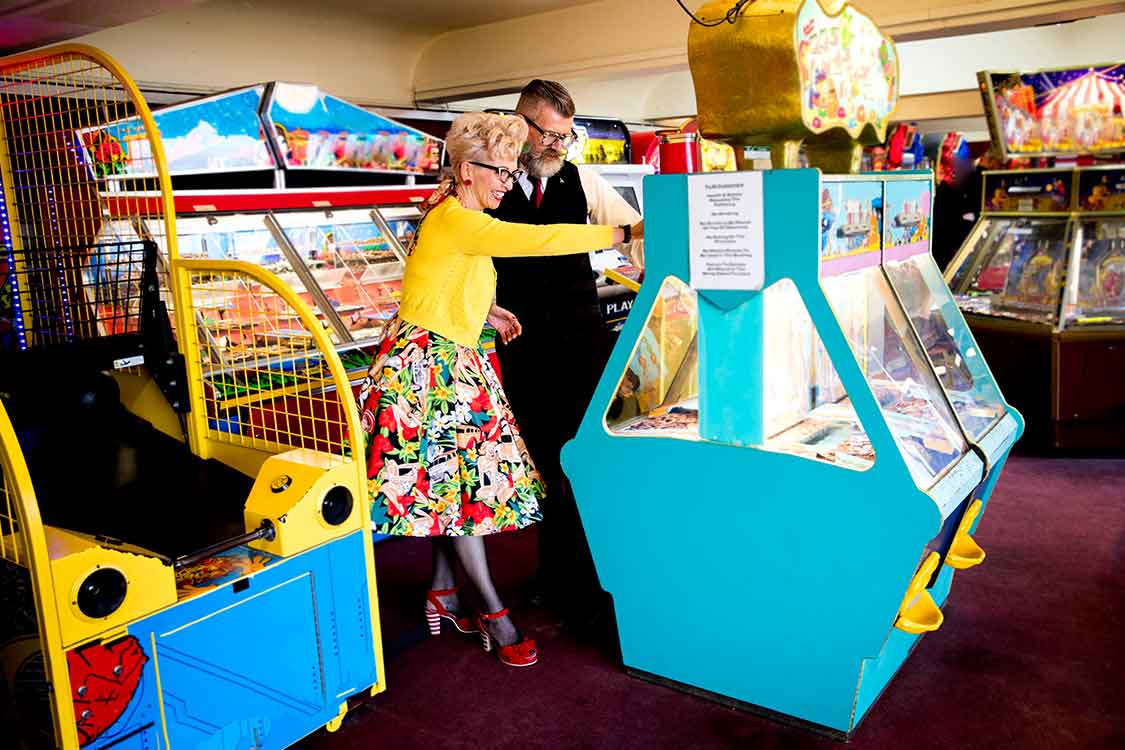The evolution of gacha culture paralleled advancements in technology and the rise of gaming and anime subcultures in Japan. With the advent of digital gaming and the proliferation of mobile devices, gacha mechanics found their way into video games, particularly mobile games known as “gacha games.” In these games, players spend virtual currency or real money to acquire randomized in-game items, characters, or power-ups, often with varying degrees of rarity.
The allure of gacha lies in its element of chance. Players are drawn to the excitement of spinning the proverbial wheel, hoping to land coveted prizes or rare collectibles. This randomness, coupled with the dopamine rush of anticipation, creates a compelling psychological hook that keeps players coming back for more.
Despite these regulatory efforts, gacha remains a lucrative business model for game developers and entertainment companies. The allure of rare and exclusive collectibles drives demand among dedicated fans and collectors, fueling a thriving secondary market for gacha items both online and offline.


